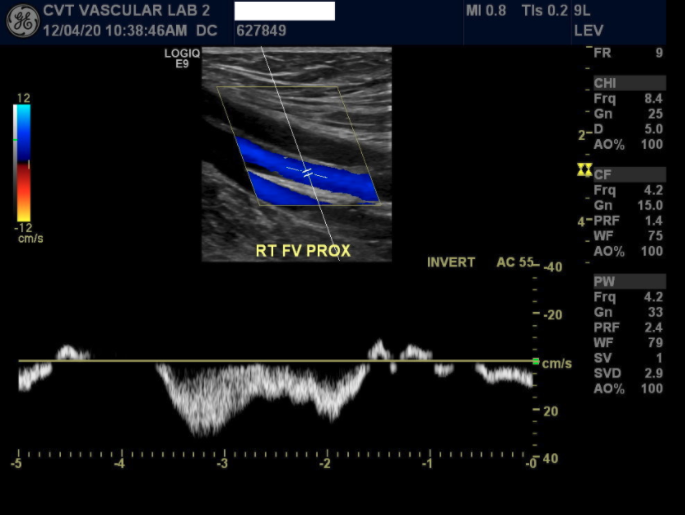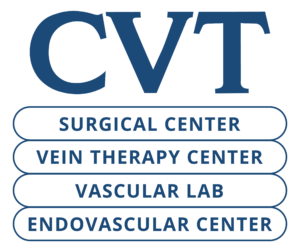Veins carry blood from the body, to the heart and lungs, to be resupplied with oxygen.
A clot (Deep Vein Thrombosis) formation in the deep veins of the lower limbs or upper limbs can lead to pain and swelling. If a blood clot breaks loose and travels through the venous system (embolism) to the lung, it may cause a potentially fatal pulmonary embolism (PE).
Symptoms of Deep Vein Thrombosis (DVT) include:
- Pain
- Swelling
- Warmth or fever in the affected limb
- Difficulty breathing

Risk factors for Deep Vein Thrombosis (DVT) include:
- Recent surgery
- Cancer
- History of DVT or PE Blood disorders
- Immobilization Trauma
- Obesity
Treatment is usually needed if a Deep Vein Thrombosis (DVT) is found. In most cases, this involves treatment with blood thinners.
Length of exam: 45-60 minutes
Preparation: No special preparation is required.
Images of an Upper and Lower Venous Examination




